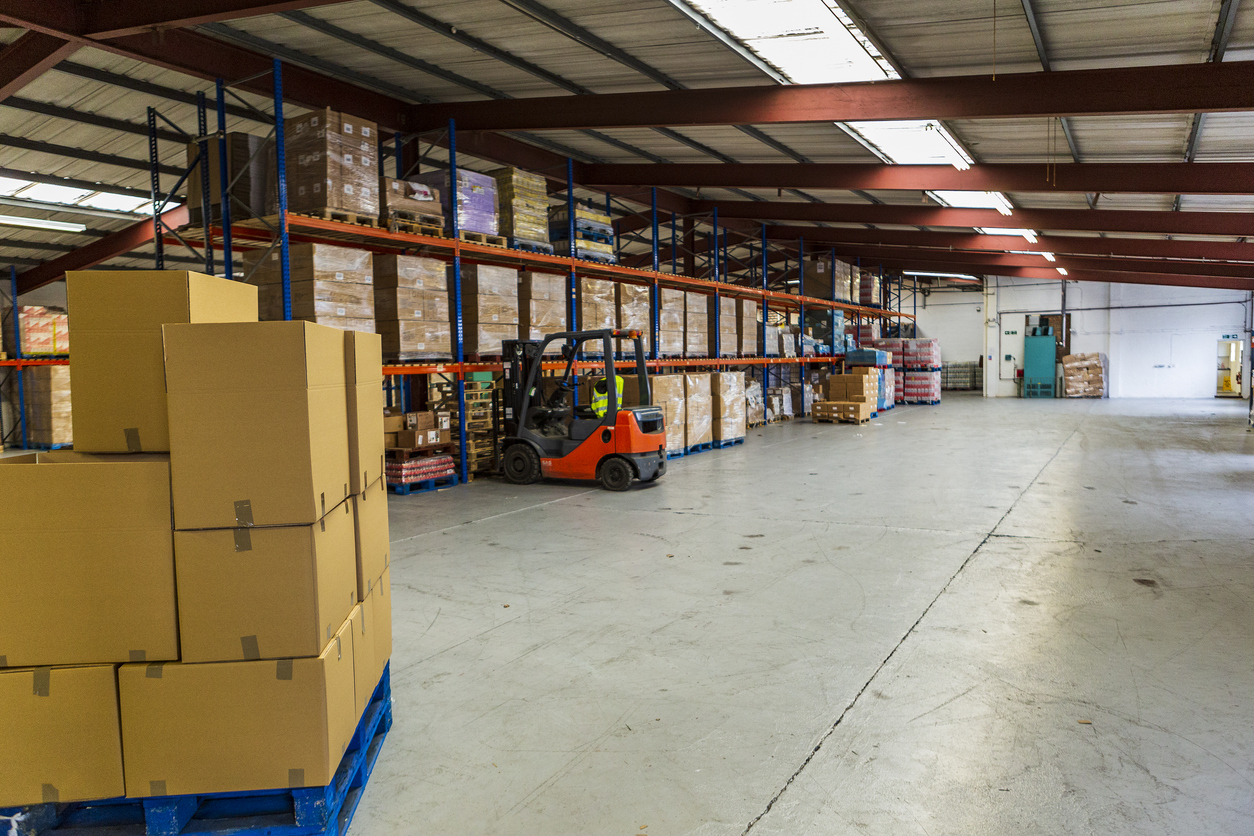



Warehouse rentals are an essential component of many business operations, from storage and distribution to production and order fulfillment. Here’s a guide that covers what to look for when renting a warehouse, common costs, and expert tips to find the right property for your needs.
Renting a warehouse provides several advantages for businesses, including flexibility, reduced operational costs, and strategic positioning near supply routes or key markets. Renting also offers the scalability that many businesses, particularly those in e-commerce, manufacturing, and retail, need as demand fluctuates. It eliminates the upfront investment of buying, allowing you to allocate capital to other areas of growth.
Location:
Location plays a crucial role in warehousing efficiency. Choose a location close to your suppliers, customers, or major transport routes, such as highways, rail lines, ports, or airports. Warehouses near urban centers are ideal for last-mile delivery, while those near interstates serve regional and national distribution.
Size and Layout:
Determine the square footage and layout that fits your current and potential future needs. Consider storage systems (e.g., racking or shelving) that could maximize vertical space if the warehouse has high ceilings. Also, check if the space can accommodate loading and unloading areas, packaging stations, or office areas.
Loading Dock and Access:
The number and type of loading docks (e.g., ground-level vs. dock-high) will impact the speed and efficiency of your logistics. Ensure the property has enough loading bays or drive-in doors for your volume of operations.
Lease Flexibility:
Warehouse leases vary from short-term agreements to long-term contracts. If your business has seasonal fluctuations, look for flexible lease options that allow for scaling up or down as needed. Shorter leases might be preferable for fast-growing companies, while longer terms provide stability.
Amenities and Infrastructure:
Essential amenities include high-speed internet, sufficient power supply, climate control, and security systems. For businesses handling temperature-sensitive goods, climate-controlled or cold storage facilities are a must.
Zoning and Permitted Use:
Verify that the warehouse is zoned for your intended activities. Some warehouses are restricted to storage, while others allow for light manufacturing, distribution, or hazardous material storage.
Parking and Maneuverability:
Sufficient parking and space for trucks and trailers to turn, load, and unload are important, especially for large distribution centers. Consider access roads and ease of maneuvering heavy vehicles.
The type of warehouse you choose depends on your business’s needs and industry:
Distribution Centers: Large spaces designed for efficient movement of goods, typically located near transport hubs and featuring numerous loading docks for quick turnaround.
Fulfillment Centers: These are ideal for e-commerce, as they’re optimized for order processing, packing, and shipping. Fulfillment centers are often located near major consumer markets.
Storage Facilities: Basic storage warehouses are cost-effective and suitable for companies needing space for inventory storage without complex logistics requirements.
Climate-Controlled Warehouses: Essential for temperature-sensitive goods like food, pharmaceuticals, and electronics, these facilities maintain specific climate conditions.
Flex Warehouses: These combine storage with office space, ideal for companies needing administrative areas alongside their warehouse operations.
Cold Storage Facilities: Required for frozen goods, cold storage warehouses are a must for the food and pharmaceutical industries, though they come with higher rental rates.
Warehouse rental costs vary widely depending on location, size, amenities, and market demand. Here are typical costs per square foot per year for some major markets:
In addition to base rent, you may incur extra charges, especially with Triple Net (NNN) leases, which pass on costs for property taxes, insurance, and maintenance. Alternatively, gross leases include these costs, offering a consistent monthly rate. Some warehouses also offer modified gross leases, which share certain expenses between tenant and landlord.
Assess Growth Potential:
Consider leasing a warehouse that allows for future growth if you anticipate expansion. It’s easier to secure extra space upfront than relocate when space becomes tight.
Negotiate Lease Terms:
When negotiating, inquire about rent escalation, lease renewal terms, and potential tenant improvement allowances. Customizations like additional office areas or racking systems can often be built into long-term lease negotiations.
Factor in Operational Costs:
Beyond rent, calculate utilities, insurance, and maintenance costs. For high-utility businesses, ensure that the power supply and heating/cooling systems are energy-efficient.
Work with a Real Estate Advisor:
A commercial real estate agent or advisor can streamline the search, provide market insights, and help negotiate favorable terms, ensuring the lease aligns with your business goals.
Plan for Logistics Requirements:
If transportation efficiency is key, select a warehouse near main highways, ports, or airports. Proximity can save significant shipping time and reduce logistics costs.
Prioritize Safety and Security:
Warehouses handling valuable inventory need robust security, such as CCTV, gated access, and fire safety systems. Discuss security arrangements with the landlord and ensure the facility meets your safety standards.
Fraser Bond provides comprehensive services to assist clients in finding the ideal warehouse space for rent. Here’s how we support businesses in securing optimal warehouse solutions:
Diverse Listings Across Major Markets: With a wide range of warehouses for rent, Fraser Bond offers options from large distribution centers to specialized storage facilities, across key locations.
Market Expertise: Our team has in-depth knowledge of local and national warehouse markets, providing clients with insights on current trends, competitive pricing, and optimal leasing terms.
End-to-End Support: From property search and site visits to lease negotiations and move-in support, Fraser Bond delivers a seamless, stress-free leasing experience.
Renting the right warehouse space can improve logistics efficiency, reduce operational costs, and support business growth. With a variety of options, from fulfillment centers and distribution hubs to climate-controlled and cold storage facilities, the U.S. warehouse rental market caters to diverse business needs.
By assessing your specific requirements and working with an experienced advisor like Fraser Bond, you can secure a warehouse lease that aligns with your operational and strategic goals.